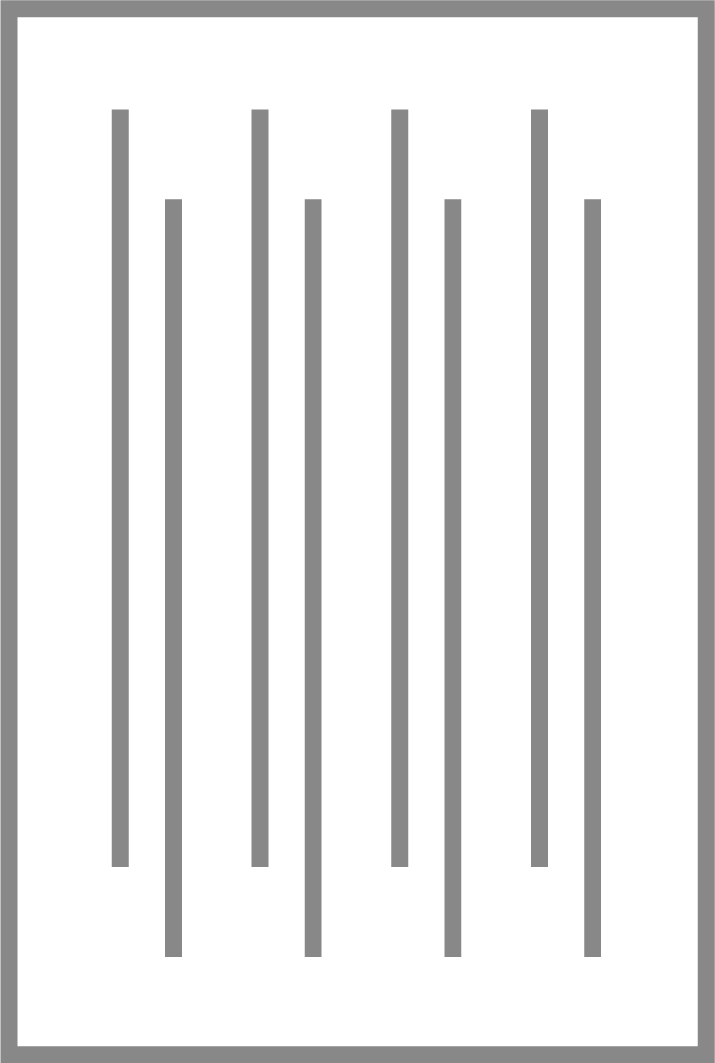AHL FOUNDATION: LEE SEUNG HEE
November 4th through November 29th, 2023
Sponsored by The Korea Foundation
Supported by Waterfall Arts Foundation
The exhibition AHL Foundation showcases a selection of major works by Waterfall Artist, Lee Seung Hee whose mastery in ceramics explores motifs, materials, and colors that have strong associations with traditional Asian ceramic works. In this way, he enables viewers to make an imaginative connection between his undeniably contemporary works and the rich heritage of ceramics. Selected artworks include his Porcelain and Space of 8mm series.
The AHL Foundation is a 501(c)[3] not-for-profit arts organization established in 2003 by Sook Nyu Lee Kim to support artists of Korean heritage working in the United States and promote exposure to their work in today’s highly competitive contemporary art world.
Lee Seung hee
Lee Seung Hee was born in 1960 in Cheongju, the capital of North Chungcheong province, South Korea. He trained in the Craft Design Department at Cheongju University, where he studied ceramics, fiber craft, dyeing, and tapestry. His remarkable ceramic works unite the beauty and charm of traditional Korean forms with the more conceptual concerns of contemporary art. As a master of ceramics technique, he creates much of his work in Jingdezhen, in southeastern China, where he established a studio in this historic center of Chinese porcelain production in 2008. Since then he has won international acclaim for his Porcelain Paintings and his Bamboo series. Throughout his career, Lee has emphasized motifs, materials, and colors that have strong associations with traditional Asian ceramic works. In this way, he enables viewers to make an imaginative connection between his undeniably contemporary works and the rich heritage of ceramics.
PORCELAIN PAINTINGS
Lee’s Porcelain Paintings result from a prolonged and technically demanding process. Starting with a blank clay tablet, he painstakingly applies up to 70 extremely thin layers of kaolin, a mixture of white clay and water used in porcelain production. Each layer requires a full day to apply and dry. In the next stage, he carefully isolates a raised central shape by scraping and cutting away the background. In this way, he renders, in shallow relief, the outline of the historic ceramic work that is his subject. After applying, where needed, a traditional ornamental pattern in colored pigment, he glazes and fires the work in a kiln. The entire procedure can take up to 90 days from start to finish.
The Porcelain Paintings imaginatively reinterpret a variety of historic ceramic masterpieces—vases, bowls, jars, dishes, bottles, drinking vessels—from the Joseon Dynasty (1392-1910). The original ceramic objects that Lee depicts include examples of the celebrated white porcelain that made its appearance in the 15th century, and whose elegant minimal forms were prized by the Korean aristocracy. Lee also turns to classic examples of the blue-and-white ware of the same period, noted for the use of cobalt blue pigment to create stylized patterns of birds, dragons, lotuses, and bamboo. In all of his Porcelain Paintings, Lee centers the viewer’s attention on a deceptively simple image whose low relief subtly suggests the actual volume of the original ceramic object. Lee’s works do more than pay deserved homage to the masterpieces of the past. The innovative visual language that he employs reveals a sophisticated sense of spatial play and perceptual paradox--qualities that mark these as unmistakably contemporary works.
SPACE OF 8MM SERIES
While in his previous series Lee Seunghee has often transformed fully 3-dimensional objects into low-relief ceramic works, Space of 8mm, his most recent group of works, gives a dimensional form to what is ordinarily a flat object—a sheet of paper. He starts by sculpting a flat clay surface with a thickness of 8mm in a variety of sizes and formats. To create the effect of sheets of paper that have been folded or layered upon each other, he applies 10 to 20 layers of the clay/water mixture kaolin to obtain a minimal but discernible “paper-thin” elevation.
Before firing these works in a kiln, he selectively glazes them—for example, applying glaze to the front but not the back of the seemingly folded paper sheets. By employing different colors and thicknesses of glaze, he achieves an astonishing range of rich, subtle hues. An artist who is an undeniable master of ceramic technique, Lee Seunghee says that “I am on my way to finding something which cannot be found in other materials but only in ceramics.”










